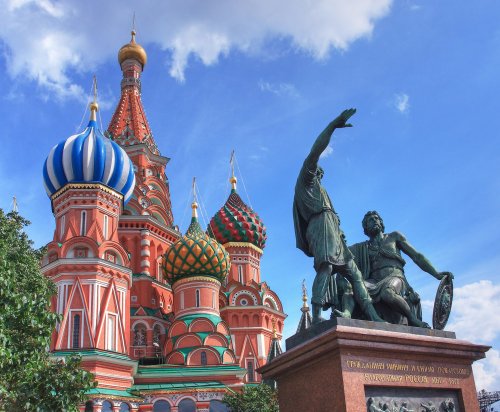
DNA analysis of remains from a medieval grave found in Scotland made it possible to establish the number of buried in it and their relatives.
In 1997, a strange burial ground was found near the altar of the former parish church in Portmahomak, a fishing village located on the Tarbat Peninsula in northern Great Britain. In the grave were skeletal bones and six skulls. Archaeologists immediately dubbed it “the burial of a six-headed warrior.”
A recent genetic study of bones from the burial ground showed that two men buried in it between the end of the XIII and the beginning of the XV centuries. Among themselves they were cousins or uncle and nephew. Three of the remaining four skulls belonged to one family: the grandfather, father and mother of the second man. Next to the six-headed grave there was another. Another relative was buried in it, most likely the son of a second man.
T
he fourth skull dates from the VIII-X centuries and originally rested in a church cemetery. Archaeologists suggest that it belonged to the Pictus monk, who, most likely, was put in the crypt as a kind of family relic.
In an interview with the press, archaeologist Cecilia Spall, who conducts the excavation, explained that such a collection of skulls in one grave is a completely unique phenomenon. “We meet with such things in the Neolithic or Bronze Age, when individual parts of the body were used in funeral rites. But in a medieval burial we encounter a similar phenomenon for the first time. “
Shirley Curtis-Summers, an osteologist at Bradford University, said that the man who was buried in the crypt was the very first to die most likely from a severe sword blow that demolished half of his face. “The killer was facing the victim and rubbed on the right with something big and sharp, like a executioner. The blow was so strong that it cut the facial bones. “
According to the anatomist, the height of the six-headed warrior was 175 cm. This is the highest of all medieval people whose remains were discovered in Portmahomak. The fact that he was buried in the center of the parish church testifies to his high status.
Initially, archaeologists assumed that the remains date back to the 1480s, i.e., the time when the settlement was the scene of hostilities between two Highland clans: Rosses and Mackeys.
The Ross killed several Mackeys, the rest barricaded themselves in the church. The Rosses set fire to the temple and destroyed everyone who was hiding in it. This inter-clan skirmish is known in history as the Battle of Tarbat, by the name of the local parish.
Radiocarbon analysis of the remains showed that people were buried several generations before the Battle of Tarbat. It is possible, however, that they were relatives (ancestors) of those who participated in it.
The temple was repaired after the fire of the 1480s. Currently, it houses a municipal museum, which presents archaeological finds and tells about local history




